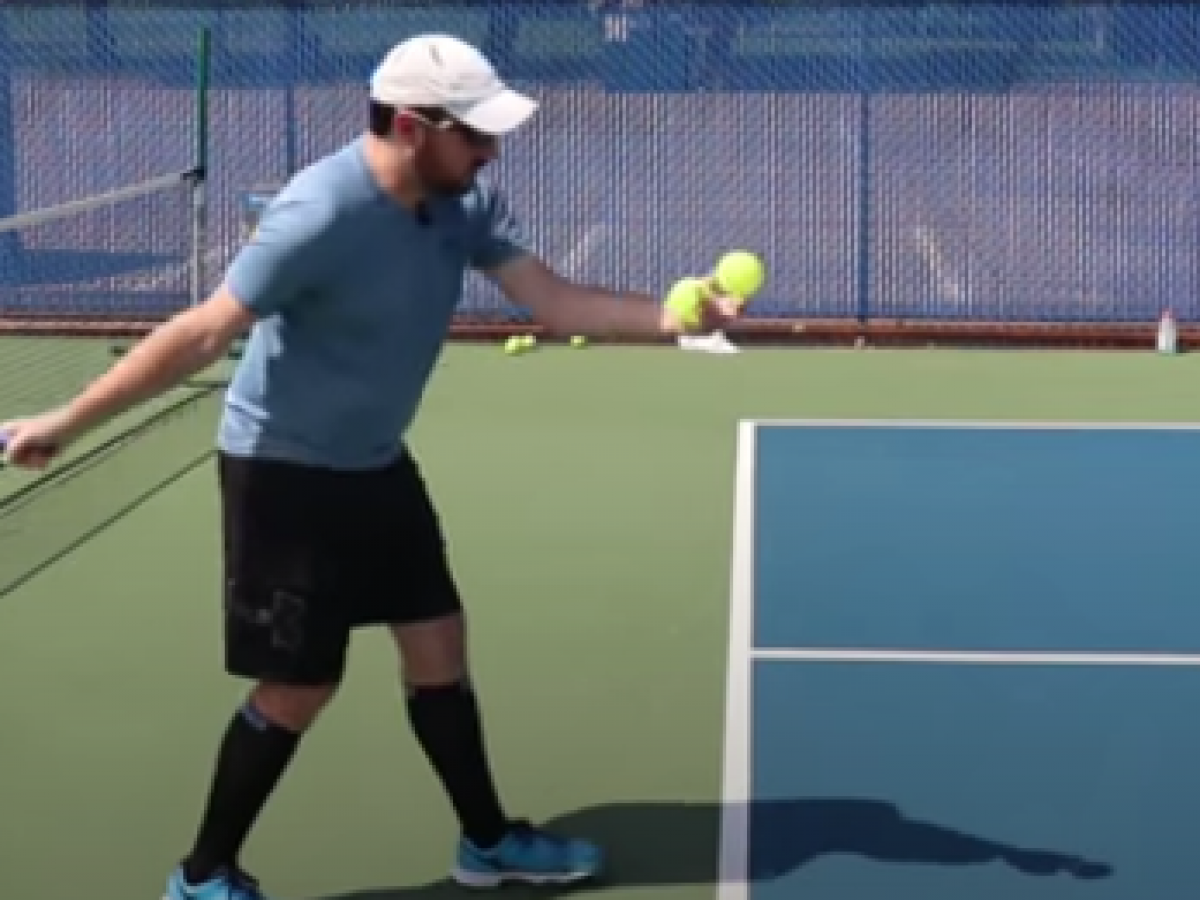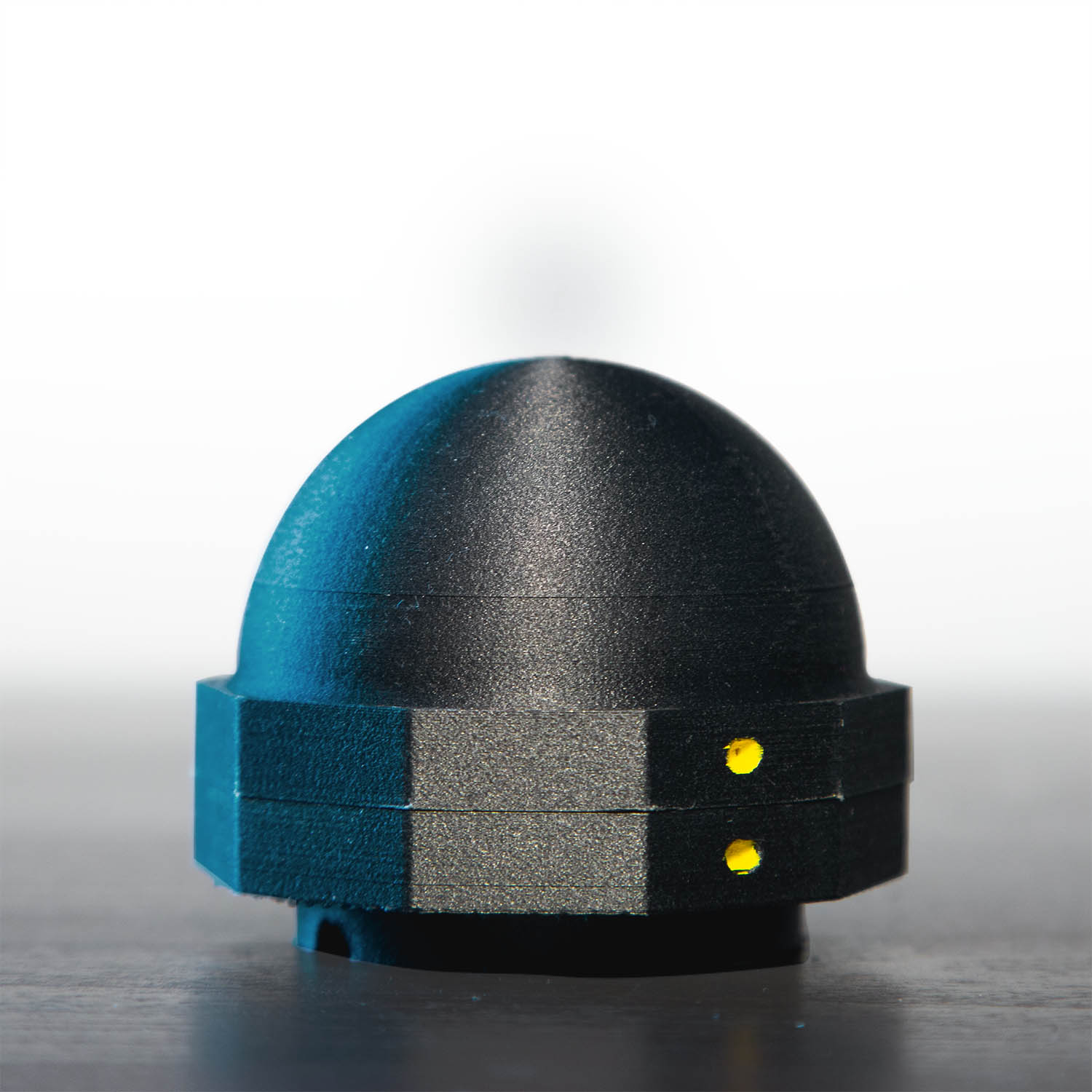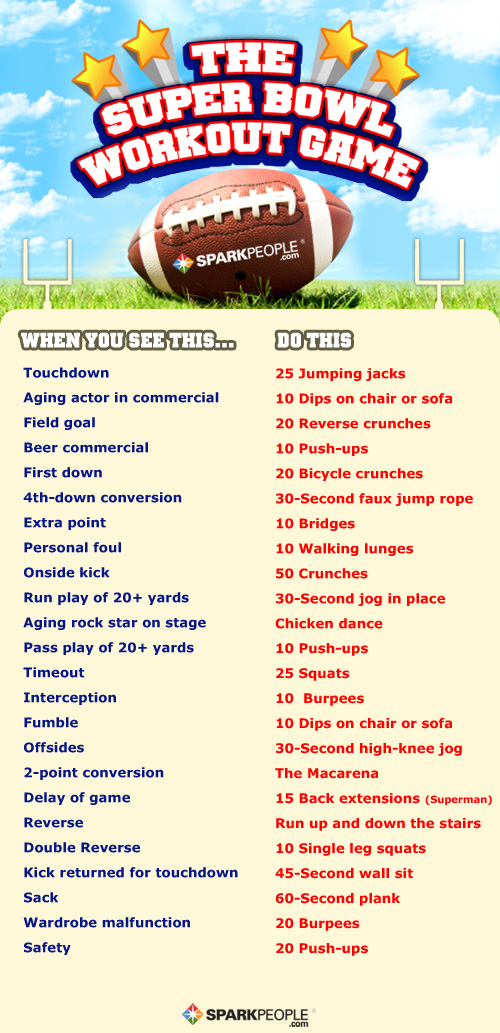
Official Pickleball Rules are rules that govern the game. These rules have been standardised by International Federation of Pickleball. The rules are constantly updated. The rulebook can be downloaded as a PDF. A referee can help you if you are not sure about any rule. It is also wise to have an understanding of the rules before you begin to play.
When the game begins, the server will make the first strike of a ball or serve. Pickleball has two types of serves: an underhand and a drop serve. An underhand service is made using the backhand of the player and must be hit diagonally in front of the net. A drop serve, on the other hand, is made with the player's fronthand, and can be hit in any direction, including up and down.
To be considered for play, both players must be part of the serving team. As a rule, the non-serving team must make a fault to score. A fault in certain cases may not allow the serving team to score for the turn. Sometimes, the serving team can get the ball into play but not do anything offensive.

You can also find a double-bounce rule in the rules. This rule is intended to discourage quick smash returns of serves. After returning the serve, the recipient team must let the ball bounce one more time before volleying.
Another important rule is the "No-Volley Zone." The No-Volley Zone can be found near the baseline. It is meant to stop the server from smashing it over the net. This zone is also called the "Kitchen" or "the kitchen." After the serve bounces once, the serving team can move up to the non-volley line.
Pickleball is a different sport than other. To hit the ball, players must use an underhand motion. Legal serves must be made with the paddle below the wrist. Other rules for pickleball state that the backhand of a player is not permitted to spin the ball. A player can use their non-paddle hand to spin the ball.
Pickleball also requires the use of a paddle. The paddle must be at least three inches lower than the wrist. You must also ensure that the paddle's back is at least three inches beyond the wrist. These rules are meant to simplify the game and not be complex.

The "Two Bounce Rule" is another rule added to the game. The "Two Bounce Rule" states that pickleball serves must be struck twice on each side. Normaly, a player will hit a ball twice on each side of the court: once on the right and once on left.
These rules are not the only rules of pickleball. Pickleball also has a code ethics. The official Pickleball Rules book contains a list of questions you can ask your referee. These questions, while not always answered by referees are meant to minimize conflict on court.
FAQ
What if I am exercising and want to eat?
Yes. While you're working out, you can eat whatever you'd like. You should choose low-calorie snacks, such as watermelon (carrots, celery), apples, bananas and grapes. These foods have nutrients that can help you perform better in your workouts.
Is it possible to be too thin?
Yes! Both being underweight or suffering from an eating disorder is unhealthy. It is not normal to be less than your ideal weight. A person may feel tired, weak, dizzy or experience other symptoms that might indicate they are underweight.
Is exercise good for me?
Yes. Regular exercise is a great way to lose weight. Your metabolism will remain high, so you can continue to burn calories even though you're not exercising.
Does exercise cause me to gain weight?
Not at all. Actually, exercising can help you to maintain your current weight. Regular exercise will help you build muscle and boost your metabolism. This will allow you to burn more calories every day. This means your body will not store as much fat.
How many hours of rest should I get each evening?
The recommended sleep amount varies based on age, gender, individual needs, and other factors. Most adults need between 7 and 9 hours of sleep per night. Teenagers and children typically need about 10 hours of sleep per night, but this number decreases as they grow older.
Which Is More Important: Exercise or Diet?
Your goals will dictate the answer. The most important thing to do if you are looking to lose weight is diet. Exercise is important for building muscle mass. Finally, sleep is the least important factor since it only affects how well you perform during the day.
What happens if there isn't enough sleep?
Lack of sleep means that your brain does not receive enough signals to regulate hormones. In turn, this can cause you to eat more and gain weight. Insufficient sleep can lead to stress, which can cause overeating.
Statistics
- One study showed that adults who watch more than 4 hours of television daily had an 80% higher risk of death from cardiovascular disease. (heart.org)
- In 2018, the World Health Assembly agreed on a global target to reduce physical inactivity by 15% by 2030 and align with the Sustainable Development Goals. (who.int)
- An estimated 110,000 deaths per year could be prevented (cdc.gov)
- Adolescent girls were less active than adolescent boys, with 85% vs. 78% not meeting WHO recommendations of at least 60 minutes of moderate to vigorous intensity physical activity per day. (who.int)
External Links
How To
How To Burn Belly Fats Faster
Belly Fat is often considered a problem for those who want to lose weight. However, Belly Fat can be beneficial if you really think about it. It is the fat in your stomach that protects your organs. So let's see how to burn belly fat fast.
The main factors that contribute to our body fat accumulation are stress and inactivity. Stress makes us feel hungry constantly because it stimulates the production of the cortisol hormone. Cortisol levels are increased by insulin. The insulin then stores extra calories as fat. Lack of sleep causes the release of adrenaline into our system, leading to increased appetite. These extra calories are broken down through exercise.
There are many different ways to reduce bellyfat. Depending on your budget, you can try each one. These are some ways to quickly lose belly fat.
-
Reduce the amount of food you eat. Instead of eating three large meals a day, eat smaller meals. You will eat less calories in general.
-
Drink plenty of fluids. Water flushes out toxins from your body and keeps you hydrated. Drinking water before meals will help you feel fuller for longer, so you don't overeat.
-
Avoid unhealthy snacks. If you're looking for quick fixes, snack foods like chips, cookies, candies, etc. Although tempting, they can be very unhealthy. These fattening treats are best avoided as they have too many empty calories and sugar. Choose healthier alternatives such as whole grains, vegetables, fruits, seeds, nuts and seeds.
-
Strength training should be done at least three times per week. Strength training builds muscle mass which burns more calories even while resting. It strengthens bones muscles ligaments, tendons and the heart.
-
Regularly walk or stretch. Stretching helps to improve flexibility and mobility, which reduces back pain. Walking for 30 minutes is a great way to burn calories.
-
Reduce alcohol intake. You should cut down on alcohol consumption. It adds no nutritional value to your diet.
-
Reduce your weight gradually. First, determine your current weight. Then, add 5% to 10% to your body weight to get your ideal weight. Once you have calculated your target body weight, you can begin to cut calories by 500-1000 calories every day until your goal is reached.
-
Avoid processed foods. These foods are high in salt, sugar, preservatives, and other harmful ingredients. Although they are convenient, processed foods don't have enough nutrients to sustain your health.
-
Don't skip breakfast! Eating breakfast improves concentration, memory, and energy level. Protein (like eggs), fiber and complex carbohydrates (like oatmeal) should be included in breakfast.
-
Have regular bowel movements. Constipation or irregularity can lead to gas and bloating. Increase your fiber intake and drink lots of water.